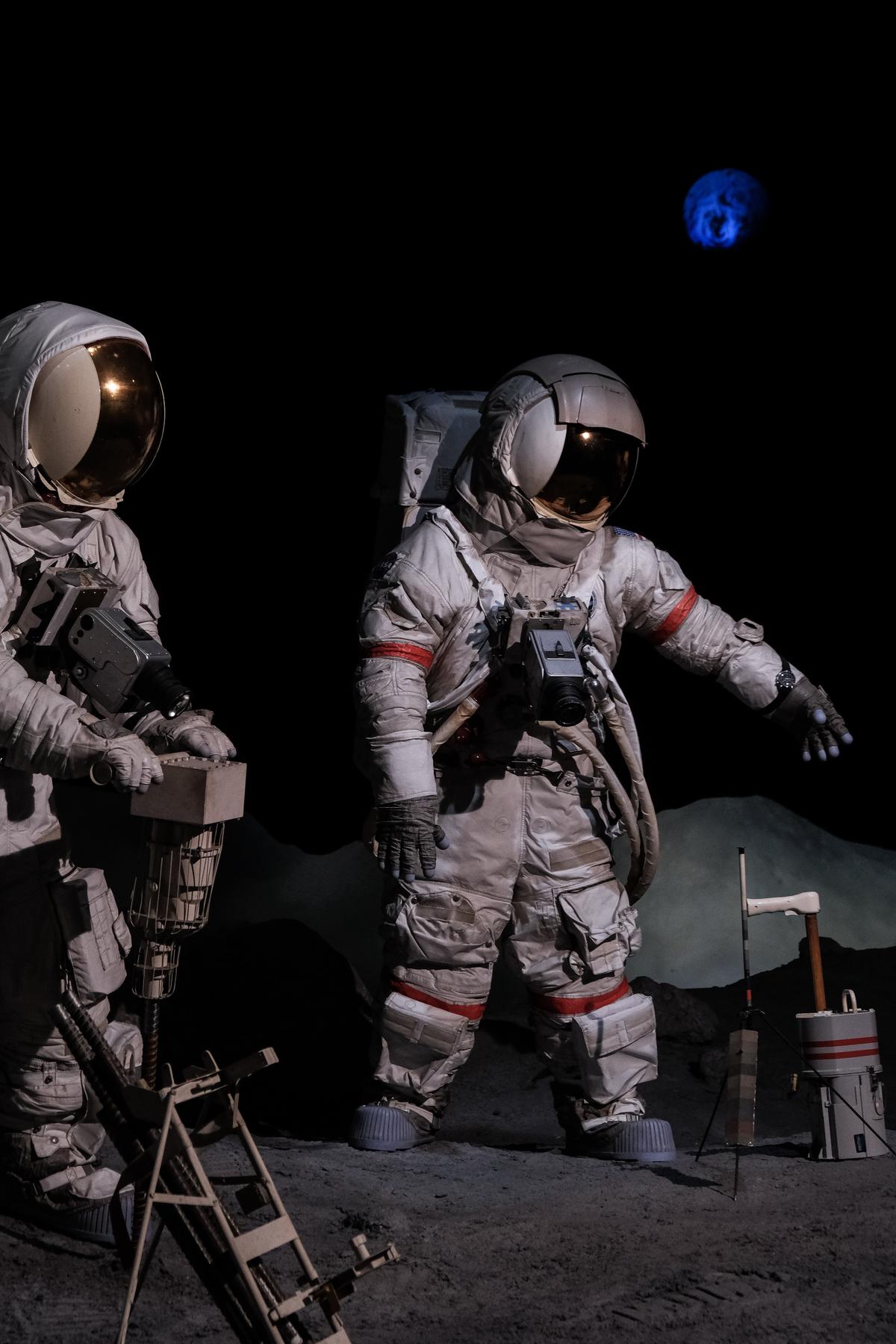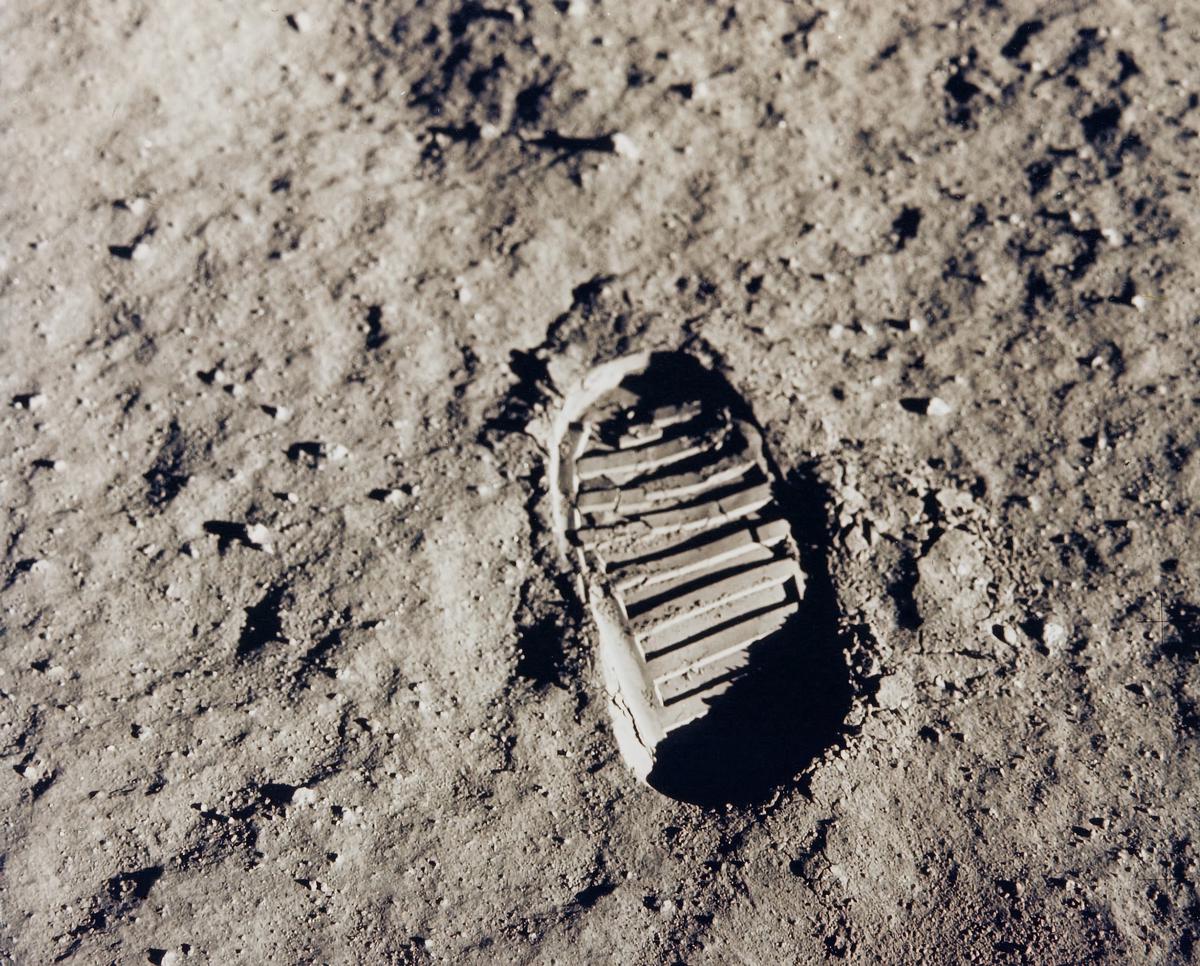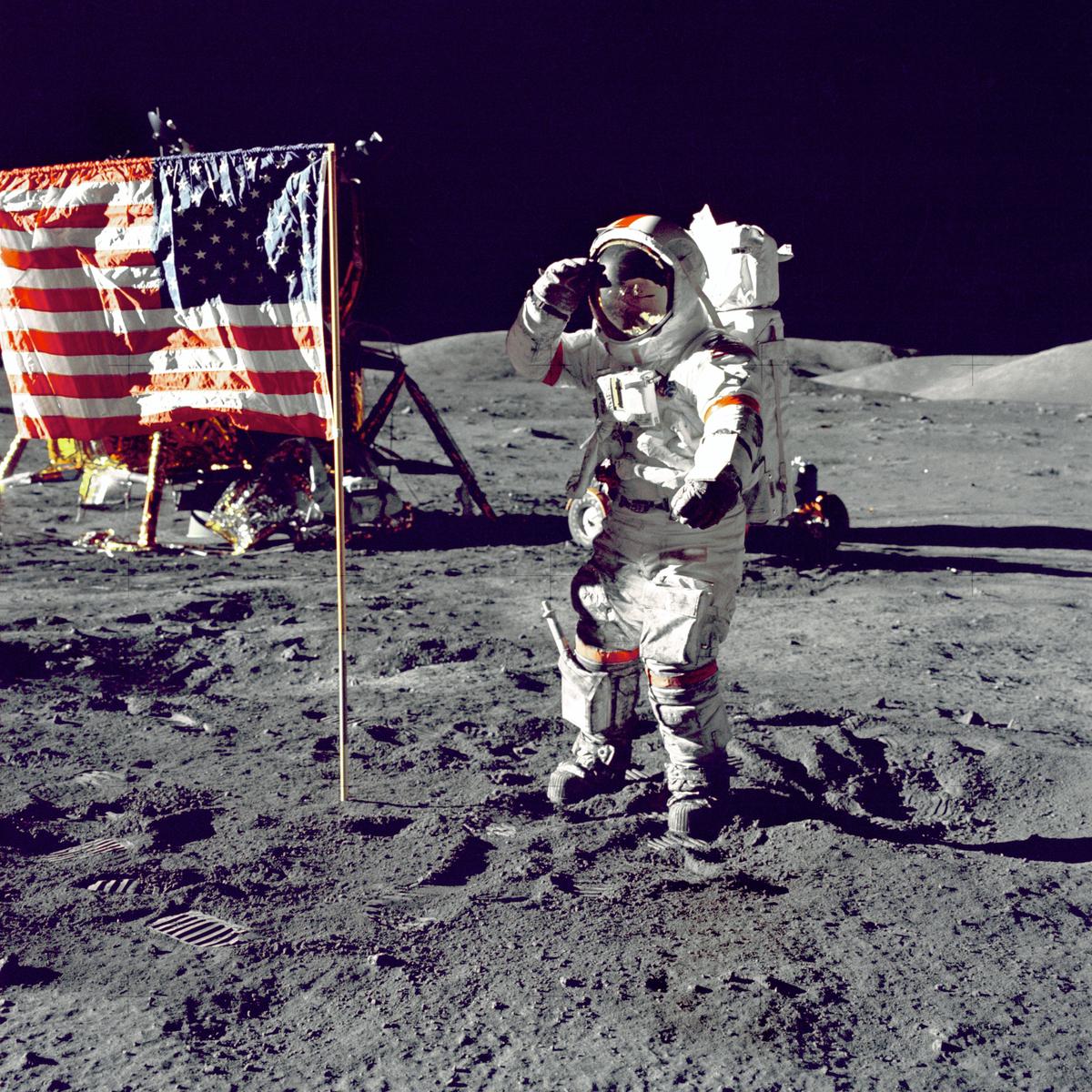Ever since man set foot on the moon in 1969, space exploration and technology have influenced our world in myriad ways. The Apollo missions, widely recognized as one of the most ambitious technological achievements in human history, ignited a global interest in space sciences. These missions provided invaluable insights into lunar geography and opened up a plethora of potential opportunities for commercial spaceflight. Today, businesses like SpaceX, Blue Origin, and Virgin Galactic are redefining space travel, hinging their work on technology and knowledge seeded during the Apollo era. This pursuit simultaneously unveils an array of opportunities, while unmasking a suite of challenges that reflect the technical, regulatory, and ethical implications of commercializing space.
Contents
Apollo’s Achievements and Their Impact on Spaceflight
Apollo’s Achievements and Their Scientific and Technological Breakthroughs
The Apollo missions, conducted by NASA between 1961 and 1972, achieved what was once thought as a mere figment of imagination – landing humans on the moon and bringing them back to Earth safely. This remarkable feat required scientific, technological, and engineering advancements on an unprecedented scale. Among these was the spacecraft itself, the Apollo Lunar Module, an engineering marvel designed to land on the moon’s surface and then re-launch back into lunar orbit.
The missions also delivered numerous scientific discoveries. Gathering lunar rocks and soil provided invaluable information about the moon’s composition and geological history, and assisted researchers in understanding the phenomenon of moonquakes. The Apollo missions further disproved the hypothesis that the moon’s surface would be too powdery to safely land a spacecraft.
The Apollo missions also brought about advancements in telecommunications. The ability to transmit live television broadcasts between Earth and the moon, around 240,000 miles apart, was a significant technological breakthrough. Additionally, compact, portable life-support systems were developed to sustain the astronauts’ lives during their excursions on the lunar surface.
Impact of Apollo’s Legacy on Today’s Commercial Spaceflight
The pioneering voyage of the Apollo missions sparked a revolution in space exploration that radically transformed the landscape of commercial spaceflight. This has been significantly moulded by the groundbreaking technological advancements, as well as the profound scientific discoveries birthed from these missions. The burgeoning growth of the modern commercial space sector has been very much powered by the longing to emulate the exploration and understanding of space just as the Apollo missions did.
The Apollo missions bequeathed an array of technological inventions, particularly in the areas of spacecraft design and telecommunication. These have been instrumental in shaping the development of contemporary commercial spacecraft. For instance, spacecraft such as SpaceX’s Dragon and Blue Origin’s New Shepard have utilized the foundational principles of spacecraft put forth by Apollo missions.
The lunar material harvested during the Apollo missions still provides vital insights that guide companies looking to mine asteroids or other celestial bodies. Additionally, the high-profile success of the Apollo missions engendered significant private investment and ignited public interest in space exploration.
Moreover, the Apollo era’s conception and development of portable life-support systems have directly influenced spacesuit design in the commercial sector. These suits are tasked with maintaining life amidst the unforgiving conditions of space, while simultaneously providing comfort and flexibility for efficient labor.
In conclusion, the legacy of the Apollo missions transcends its genesis from the competition between superpowers and carries more than just historical importance. The scientific and technological strides made during the Apollo era continue to sculpt the frontiers of commercial spaceflight today, pushing us towards a future where space exploration and travel become increasingly commonplace.

Photo by joehan330 on Unsplash
The Introduction of Commercial Spaceflight
Astrological Traces of Apollo in Commercial Spaceflight
Initiated by the distinguished National Aeronautics and Space Administration (NASA), the avant-garde Apollo missions have significantly influenced today’s space exploration realm. Not only did these missions pioneer lunar landings, but they also paved the way for further technological progress, the expansion of scientific knowledge, and fostered global synergy in space research. Notably, the imprints of Apollo’s achievements continue to be seen in the ascension and transformation of commercial spaceflight.
Birth of Commercial Spaceflight
With the dawn of the 21st century, a new breed of companies arose, setting sights beyond Earth. SpaceX, Blue Origin, and Virgin Galactic are among the pioneers shaping the future of commercial spaceflight. Armed with innovative technologies, these companies have embarked on ambitious endeavors, from launching satellites and transporting cargo, to planning manned interplanetary missions.
Drawing From Apollo’s Legacy
A significant part of the success of these companies hails from the invaluable knowledge and technological ingenuity derived from missions such as Apollo. The meticulously recorded and generously shared procedures, techniques, learnings, and even failures of NASA’s early voyages have contributed greatly to the capabilities of these commercial entities. SpaceX’s Dragon 2 spacecraft, for example, has significantly benefited from technologies pioneered during Apollo, from the use of heat shields for re-entry to the process of docking with the International Space Station.
Advancements in Space Transport
Commercial space flight companies are not just borrowing from NASA’s past. They’re also charting their own course, pushing boundaries and innovating at a breathtaking pace. SpaceX has achieved groundbreaking success with the reusability of their Falcon rockets, fundamentally changing the economics of space travel. Blue Origin is developing its own reusable rockets combined with a landing system with an ambition to reduce the cost of travelling to space, thus making space tourism a reality. Virgin Galactic is also focusing on space tourism, preparing to offer suborbital flights to space tourists.
The Apollo Effect on Future Possibilities
The real victory from Apollo’s legacy lies not in the steps already taken but in the journey still ahead. The knowledge derived from the Apollo missions and NASA’s other explorations feeds into the development of new technologies and systems by these commercial entities, but it also fuels inspiration and ambition. The present focus on Mars as a destination, for example, can trace a part of its motivation to the urge to go beyond the achievements of the Apollo moon landings.
The Role of Apollo in International Collaboration
The Apollo missions’ influence extends beyond technology. They also fostered global cooperation in space, as seen in the International Space Station (ISS). This collaboration extends into the commercial domain as companies like SpaceX regularly service the ISS, and others look to follow. The legacy of global effort from Apollo continues to shape the ethos of space exploration, creating a platform where commercial and national interests can coincide and collaborate.
As instrumental milestones in the annals of space exploration, the Apollo missions have shaped the genesis and continuation of commercial spaceflight. These missions have not only created a profound source of information for future space travels but also established a benchmark for accomplishments. By fostering a global spirit of collaboration and sparking ambition in aspiring space entrepreneurs, they have played a pivotal role in the evolution of this industry. The footprints of Apollo’s journeys will indisputably continue to guide the trailblazers in the realm of commercial spaceflight.

Prospects and Challenges facing Commercial Spaceflight
The Apollo Epoch: Laying the Groundwork for Commercial Spaceflight
The lavish legacy of Apollo’s space missions has been integral in setting the stage for commercial spaceflight. By unveiling the intricacies and hazards associated with space travel, the Apollo series has fueled space technology’s innovation and evolution. Technological advancements in fields like radar, telecommunications, and computers, which today form a critical backbone of the commercial space industry, were significantly attributed to Apollo’s ambitious lunar landings and astronaut missions. The impact that these advancements have created in shaping the course of commercial spaceflight is immeasurable.
Prospects of Today’s Commercial Spaceflight
The Apollo era ignited a passion for space exploration that has evolved into an expanding commercial spaceflight industry. A vast number of opportunities have emerged, from orbital tourism to lunar and deep space explorations. New players like SpaceX, Blue Origin, and Virgin Galactic are pushing the boundaries of what is possible, with plans for manned missions to Mars and beyond. Space tourism is a growing market, with the companies offering trips to the edge of space. In addition, space mining is becoming a viable industry due to immense potential wealth in asteroids containing valuable resources like water, metals, and rare elements.
Technical Challenges in Commercial Spaceflight
However, the legacy of Apollo also highlights the immense technical challenges facing commercial space exploration. Developing reliable, sustainable, and safe technologies for human space travel is a monumental task. For instance, ensuring reliable life-support systems, addressing space radiation risks, and improving propulsion systems are among the principal technical hurdles. Making spaceflights affordable and accessible to more people is also a significant challenge.
Regulatory and Ethical Hurdles
As the commercial spaceflight industry continues to grow, it confronts a plethora of regulatory and ethical challenges. These include developing a robust regulatory framework that ensures safety without stifling innovation and maintaining equitable access to space resources. There are also concerns over space debris, pollution, and the militarization of space. Ethical considerations include safeguarding the rights of astronauts, ensuring informed consent for space tourists, and preserving the moon and other celestial bodies for future generations.
Interconnection of Opportunities and Risks
The opportunities and challenges facing commercial spaceflight are inextricably linked. As we continue to pursue opportunities such as space tourism and mining, we must also address the associated risks. It includes balancing the ethical considerations of exploring and potentially exploiting celestial bodies against the potential benefits for humanity.
The Future of Commercial Spaceflight
With the legacy of the Apollo era serving as a guiding force, we are entering a new era of space exploration, with the private sector playing an increasingly significant role. However, the path towards a commercially viable space industry is fraught with technical, regulatory, and ethical challenges that need to be addressed. The future of commercial spaceflight will hinge on how effectively these challenges are navigated. However, the prospects are exciting and hold the promise of transforming our relationship with space, much as the Apollo missions did over half a century ago.

The trajectory of commercial spaceflight, while undoubtedly promising, isn’t devoid of trials and tribulations. As these enterprises endeavor to reclaim the zeal ignited by Apollo, they grapple with intricate technical, regulatory, and ethical dilemmas. However, the potential rewards – from orbital tourism to space mining – could potentially reshape human interaction with the cosmos and fundamentally change life on Earth. The Apollo missions didn’t only propel us to the moon; they laid a solid groundwork for future exploration that we continue to build on today. Thus, as we stand on the precipice of a new era in spaceflight, one thing remains clear: Apollo’s legacy continues to reverberate through the rapidly evolving realm of commercial space exploration.
